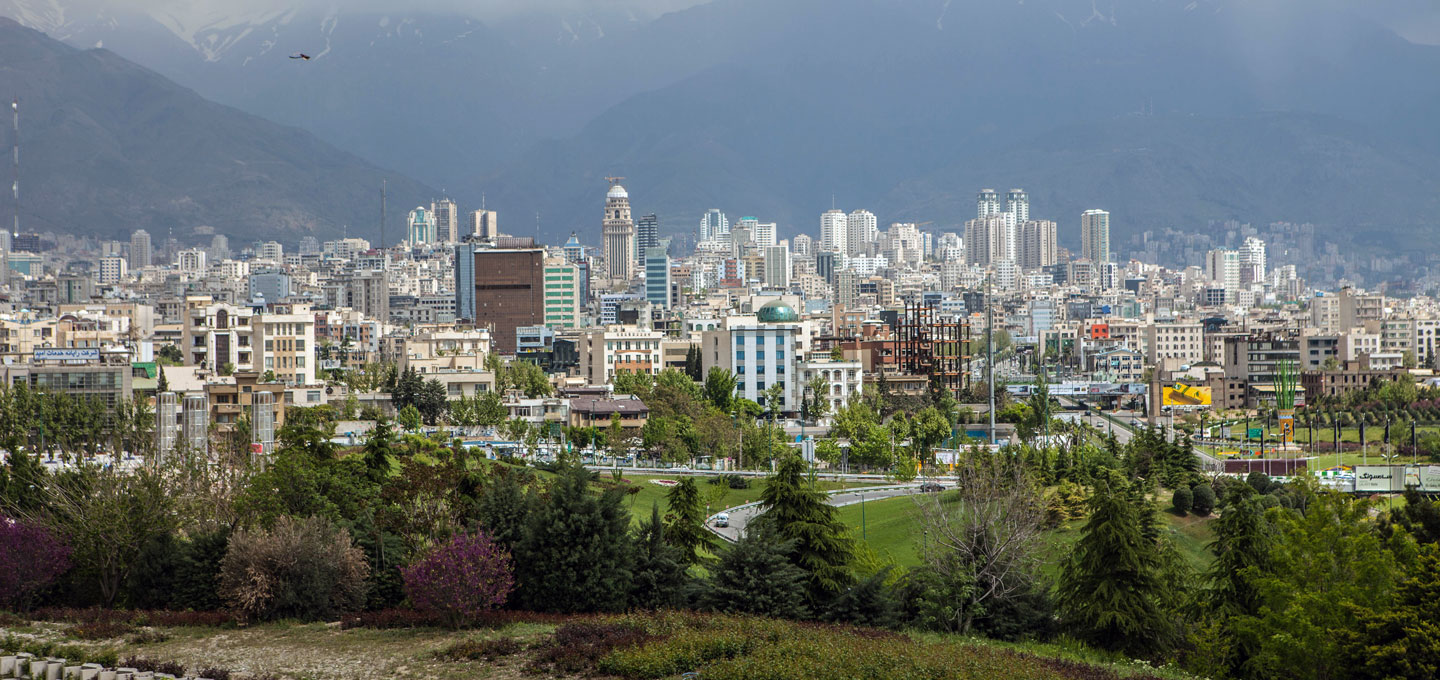The capital city Tehran is just like a crazy quilt with different neighborhood textures and layers of social vulnerability and wealth.
There are districts in this city of over 12 million where every family member owns a personal vehicle while in some others, several households share a common bathroom. High-rise buildings block sunlight in some districts, and in others moderate rainfall is enough to bring down a building’s ceiling.
Tehran is divided into 22 municipal districts. While there are areas that have better access to green spaces others suffer from lack of urban facilities. Some have even turned into landfills and places for illegal burial of waste.
At a session in November 2013, Tehran City Council (TCC), the elected council that chooses the mayor and supervises the budget of the Tehran Municipality, called for research to evaluate inequality in the 22 regions, following which a joint study was conducted by Tarbiat Modarres and Shahid Beheshti universities to identify urban problems so city planners could find solutions, Mehr News Agency reported.
The study ranked the districts on their levels of development. The neighborhoods were evaluated based on seven indexes of housing (age of residential units, materials used for construction, space, rooms on each floor, etc), education, population, employment, access to information, environment, and infrastructure (access to electricity, gas, metered water, etc).
District 3 was identified as the most developed (neighborhoods include Ekhtiariye, Pasdaran, Darrus, Jordan, Dibaji, Vali-easr, Zafar, Qolhak, Mirdamad and Vanak) followed by districts 6, 1, and 2 (with Saadat Abad, Shahrak-e-Gharb, Geesha, Niavaran, Qeytariyeh, Velenjak, Kamraniyeh, Fereshteh, Arjantin, Gandi, Abbas Abad as some of the best neighborhoods. However these districts are not as homogeneous as District 3 as there are some old low-quality neighborhoods in them like Abak in District 1).
The worst ranked districts were 15, 17, 19, 18, and 9 (Abuzar, Azari, Zamzam, Yaft Abad, 17 Shahrivar, Khani Abad, Shadabad, Shamsabad, Nemat Abad, Khazaneh, Southern Mehrabd are some of the neighborhoods).
Best and Worst in Housing
The research indicated that districts of 3, 2, 1 and 6 had the best housing conditions, respectively, which means the quality of residential buildings were the best in these districts. Buildings with the poorest quality were in districts 22, 12, 16, 20, 15, 9, 19, 18, and 17, respectively.
It also indicated that at the time, 42% of the city population was below the poverty line, most of whom lived in four districts 15, 16, 18, and 19. The richest people were living in three districts of 1, 2, and 3 on the affluent northern flanks.
The study noted “owing a freezer is a good indicator of the status of a household in the city” as from among households in the lowest-income deciles only 26% had freezers, while nearly all the rich owned a freezer. Ownership of a freezer was considered as an indicator of how much food a household may buy and save for the coming months.
Having access to metered water was almost on par in all neighborhoods. At the time, only 15 households in District 17 (the most undeveloped) didn’t have access to piped drinking water.
Access to a private bathroom, not a shared one, is another important indicator of social welfare. Based on the results, like potable water, most Tehranis (97.7%) had access to a private bathroom; only 10% of people living in the southern District 17 didn’t have the facility. In Districts 16, 12, and 20, some households also lacked private toilets.
The research indicated that the “biggest gaps” could be seen in urban welfare rather than infrastructure, like having access to gas, safe drinking water, electricity, etc.
Although the study provided detailed information on which neighborhoods were the most underdeveloped in different aspects and needed more attention and funding by urban authorities, they are still struggling today with the same old problems.
Not Fruitful
The relationship between some of the elected councilors and the TM in the past years has been everything but close as the former have hardly concealed their strong opposition to the mayor and his list of controversial urban policies. That is the reason why the university-based research, though productive, has not produced the much-desired change in the policy and performance of the mayor and his close aides.
Recently, Mohammad Haqqani, chairman of the TCC environment committee, warned about the problems faced by the people living in districts 18 and 17.
“Residents of the two districts live near the Tehran-Tabriz railway track. No urban development projects have been implemented for years in these districts,” he said, adding that “expensive projects have been implemented only in the posh northern parts.”
There is a 27-hectare plot near the tracks which could be turned into green space, but it has become a landfill now with unauthorized dumping of garbage. Around 75,000 people living in the two districts are also suffering from noise pollution, he added.


